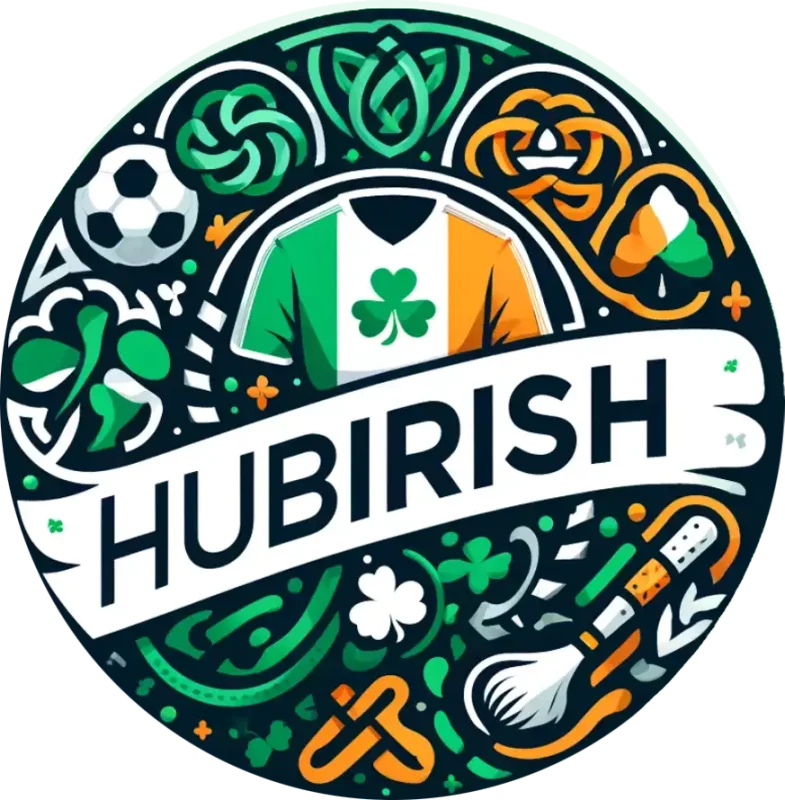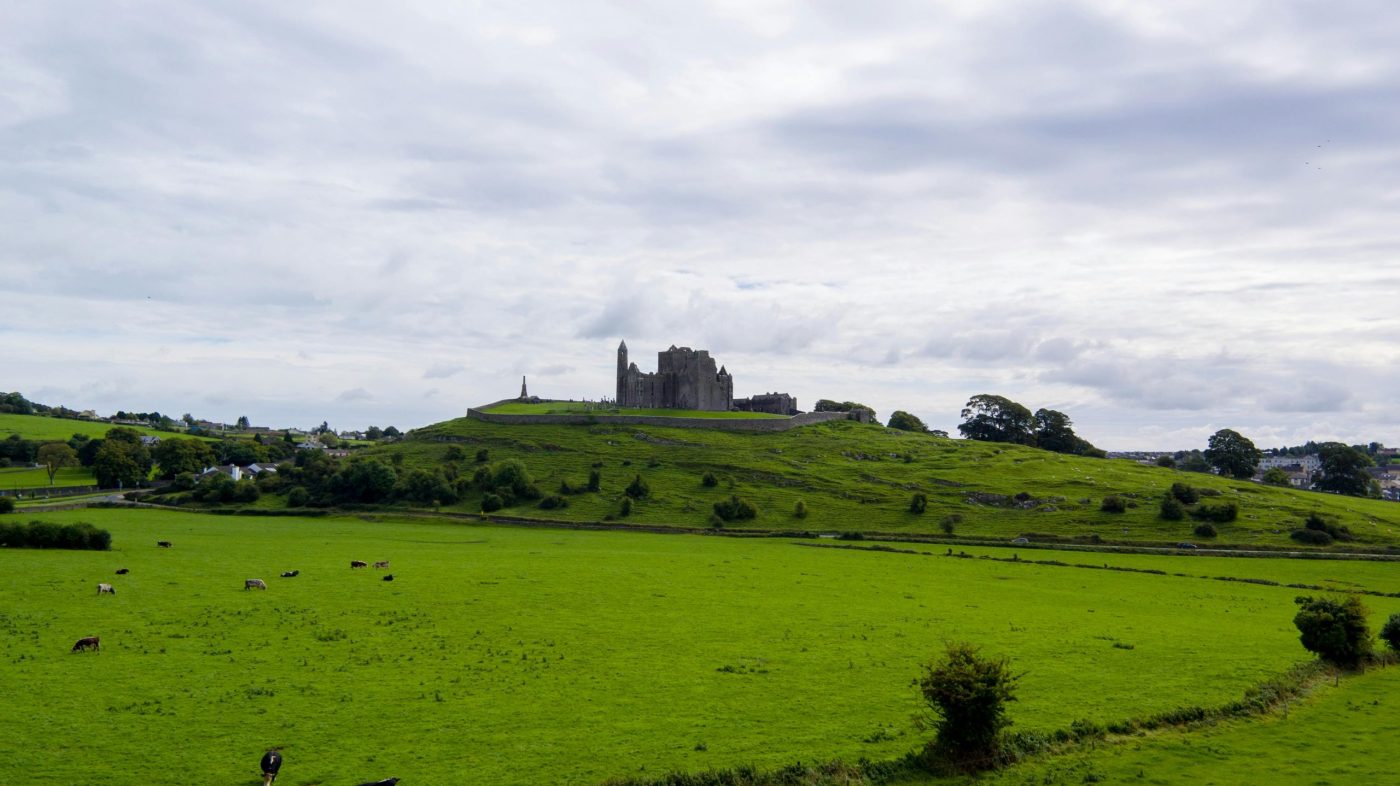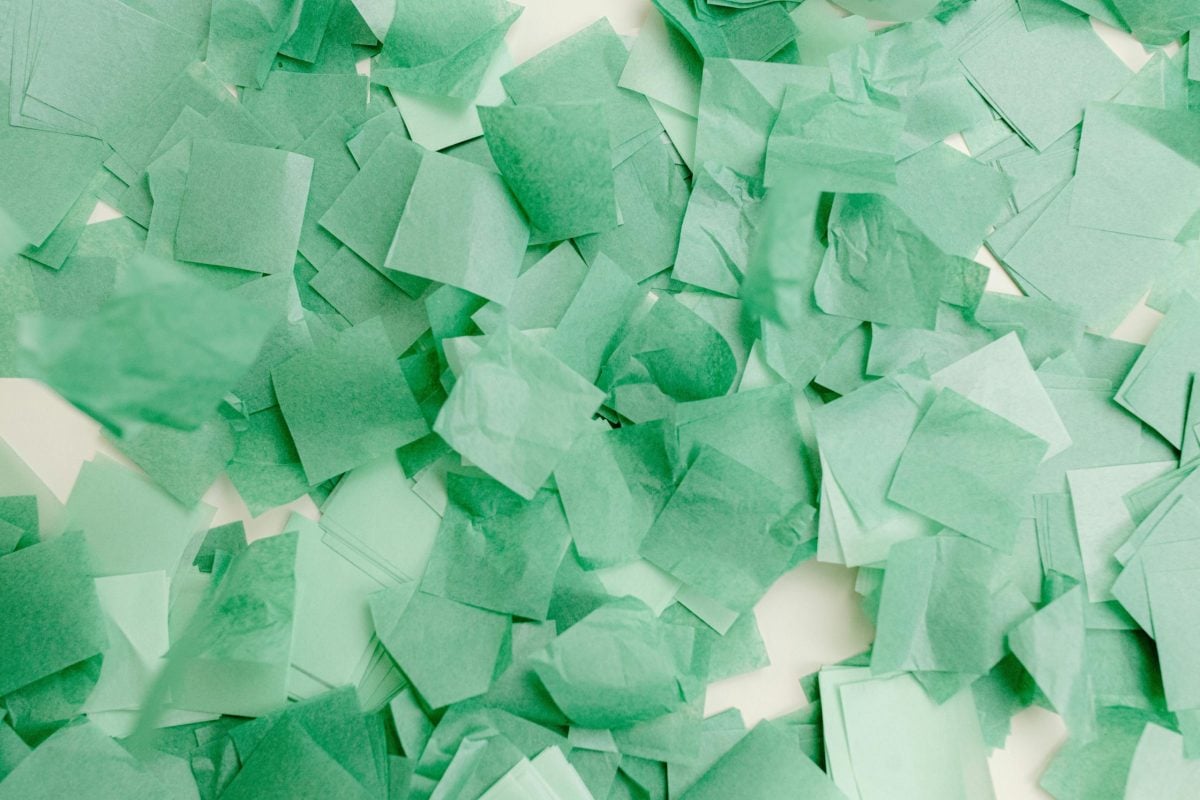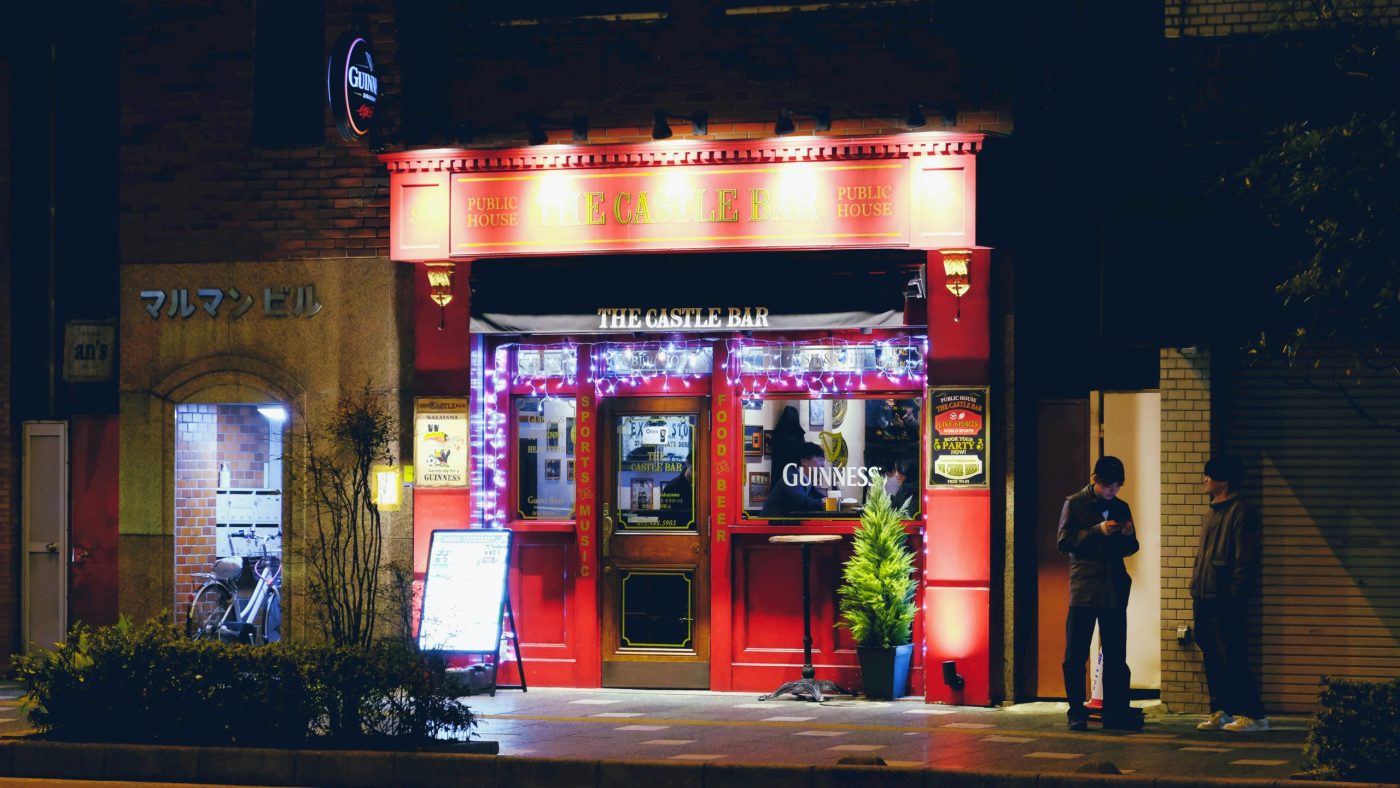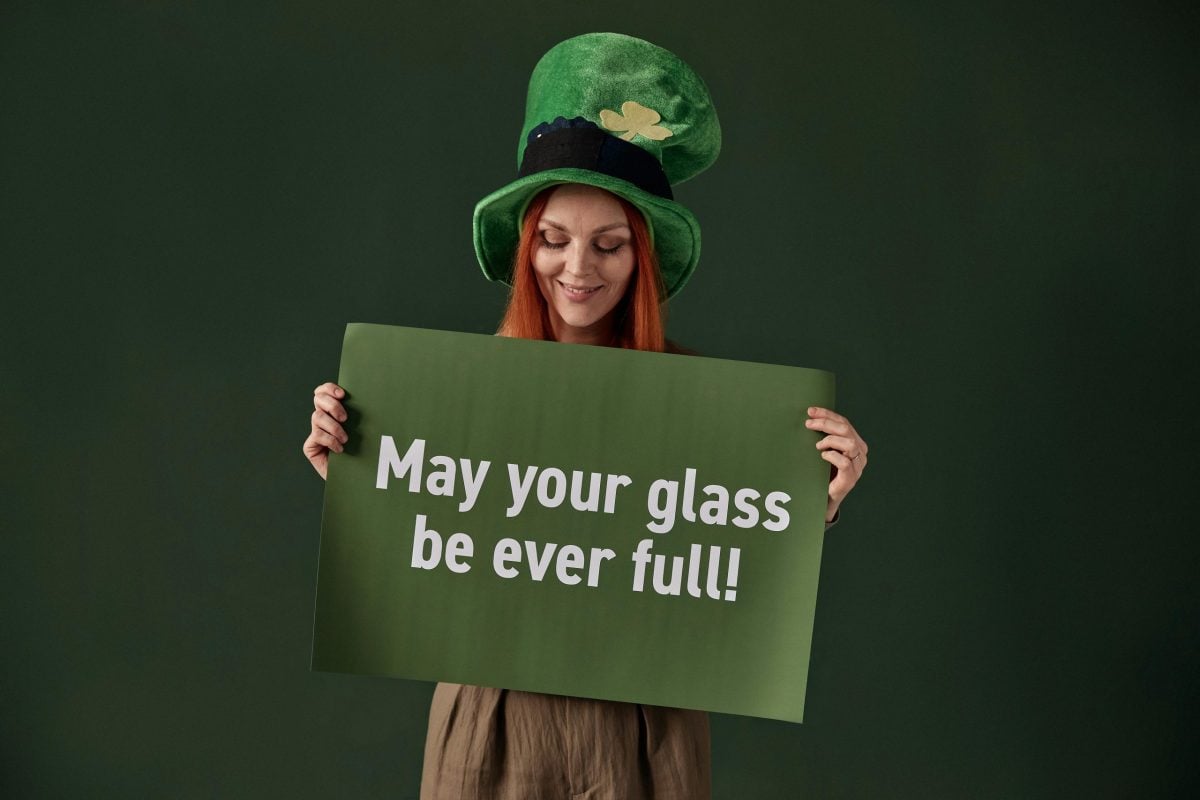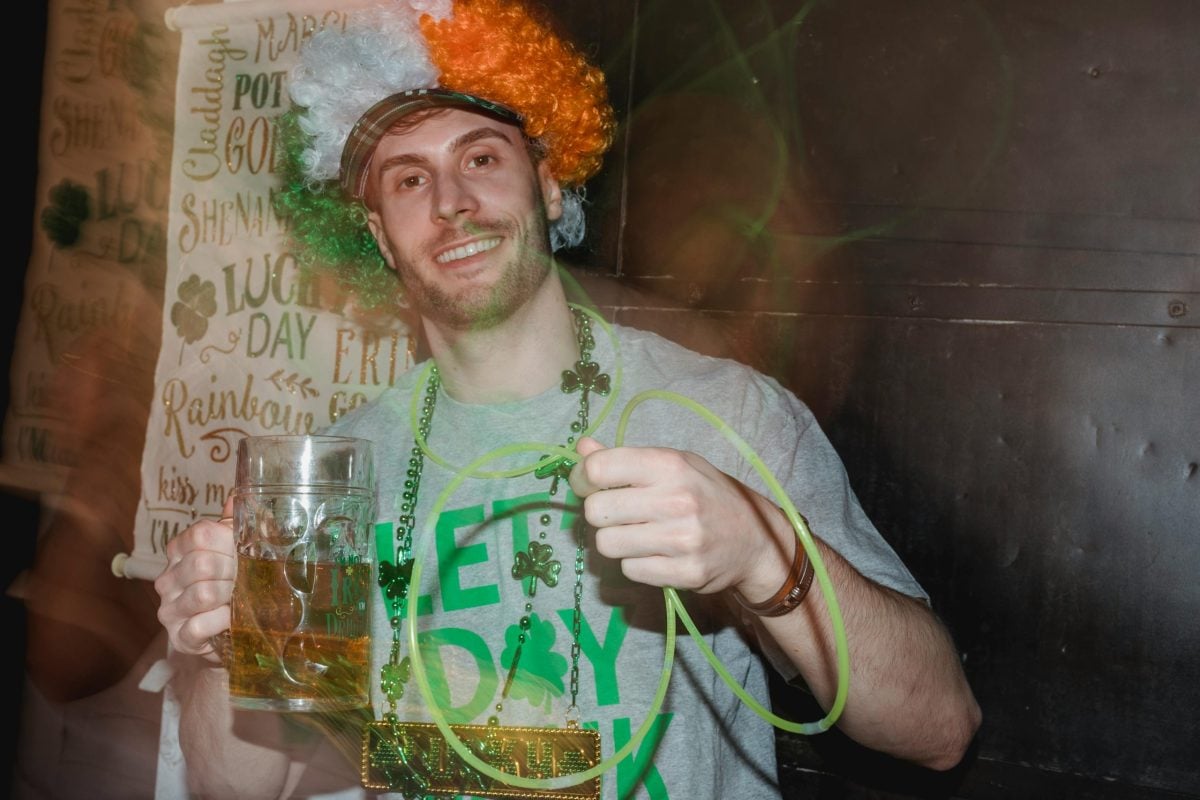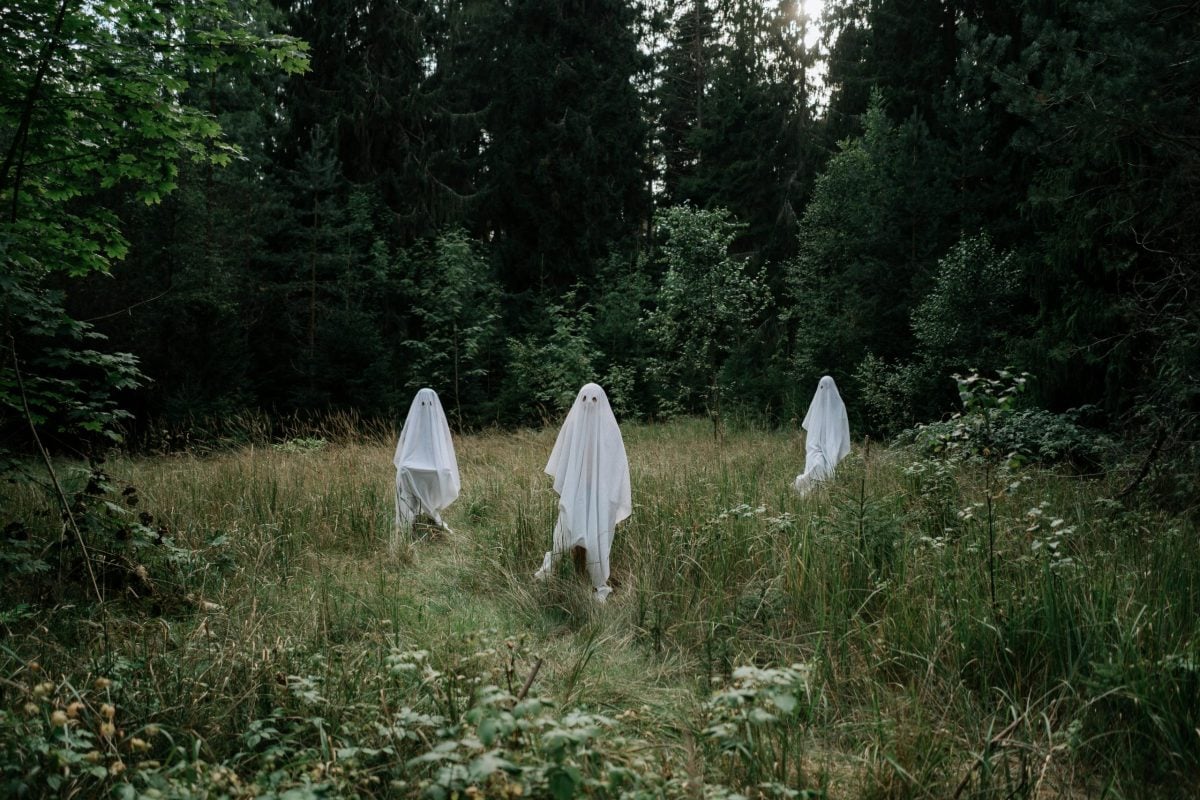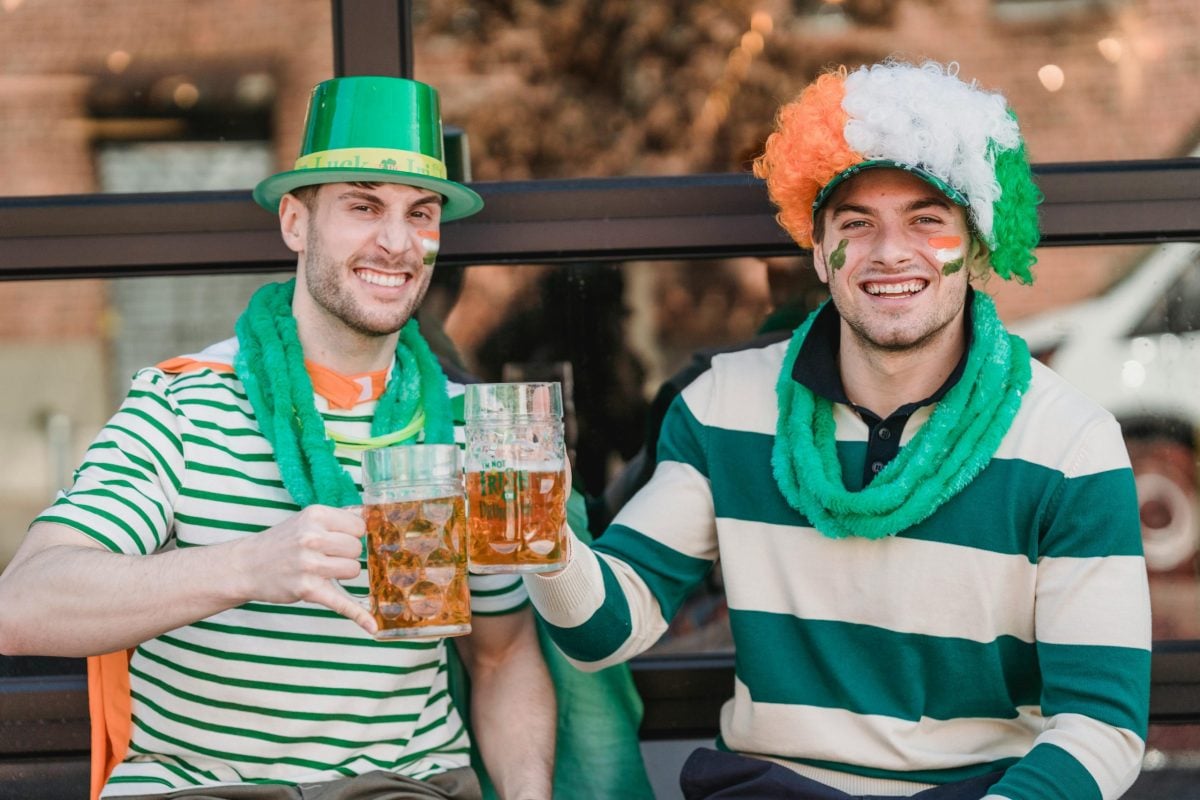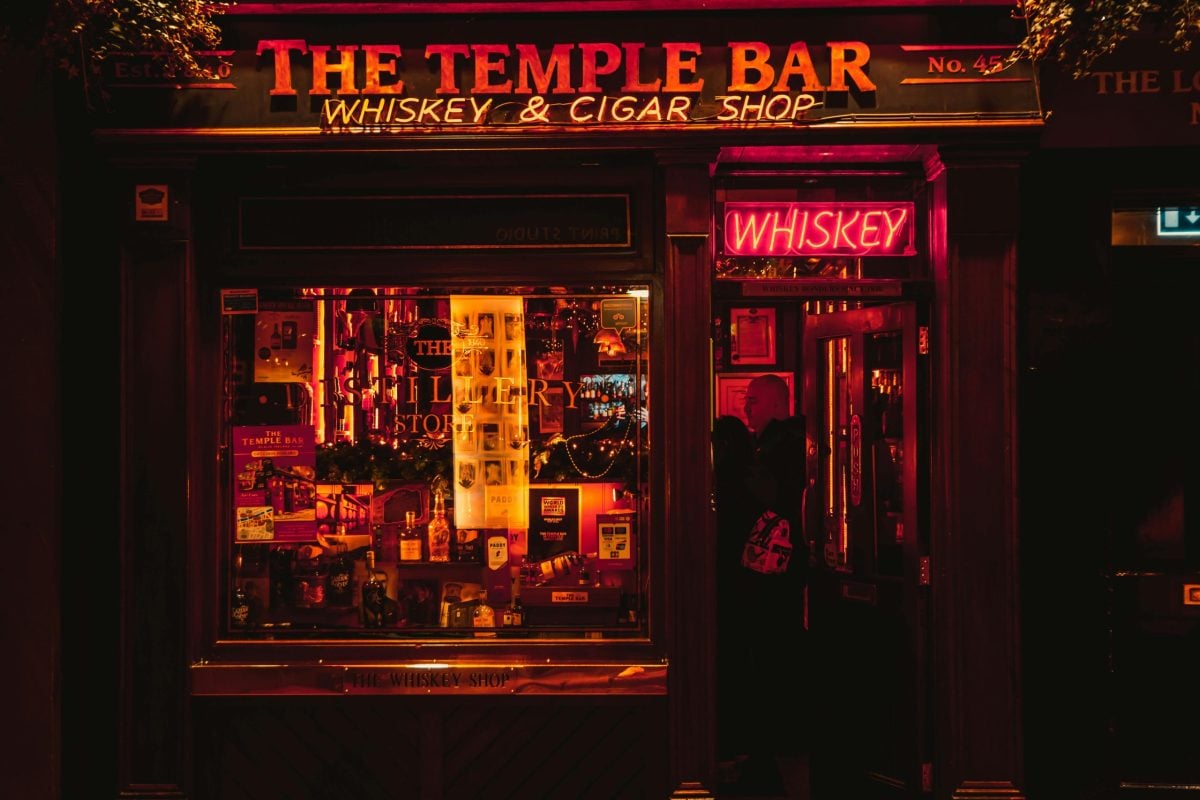“In the Shadow of the Banshee, We Raise a Glass to Those Lost in the Famine and Found in the Fields, Where Every Story is a Battle Cry for Home.”
Estimated reading time: 5 minutes
Key Takeaways
- The Great Famine shaped Irish identity and resilience.
- Over 70 million people of Irish descent keep the spirit of their ancestors alive.
- The tales of survival and struggle echo through generations.
Table of Contents
Introduction
The Heart of the Story
The Wider Echo
The Now & The Next
Did You Know?
FAQs
Final Word
Introduction
There are tales that linger in the air thick as smoke from a peat fire – tales that murmur with the echoes of our past, reverberating in our bones like a rebel’s battle cry. In a land where the shadows of the Banshee wail far too often, we find grief intertwined with the very roots of our being. Today, we gather to remember not just the dead but those who forged ahead through the harrowing shadows of the Great Famine, whose spirits dance through the wild fields of . Raise a glass with me, dear reader; for every tear shed on soil steeped in sorrow, echos a joy not yet realized.
The Heart of the Story
In the green hills of Tipperary, stories of the famine resonate like a haunting tune on the fiddle. These stories tell of men and women, broken yet unyielding, forging on through despair. Families torn apart by hunger, and children who knew nothing but a pang of emptiness. In their struggles, they became warriors of survival.
The memory of our ancestors is a shroud that ties us to our land and our people. Every harvest we celebrate, every grain we consume, recalls the memory of those who toiled and died. It’s in our genes, this fight against oblivion. We are called to remember them, to hear their cry resonating within us.
The Wider Echo
But what does it resonate for Ireland today? The Famine was our night, yet we rose to greet a dawn bright with promise. It’s a story as old as time, still unfolding. The diaspora stands as a testament to survival, the Irish abroad whispering tales at their own firesides, spreading seeds of memory across the globe. We are strewn like seeds, from Boston to New York, from London to Sydney. “Home is where the heart aches,” they say, but our heart beats strong in every corner of the Earth.
As of 2023, over 70 million people of Irish descent call this world home. And every one of them carries within them the spirit of a land that dares to remember, to mourn, and to celebrate. We raise our glasses once more, to empty chairs filled with spirits who waited, and the fields that thrive with new dreams.
The Now & The Next
In today’s turmoil—rising rent, climate trouble, and political uncertainty—it’s easy to feel lost again. Yet, like the fierce wildflowers that push through cracks in the pavement, we find our resilience. Families now gather around tables laden with food, sharing tastes of their heritage. Every plate of stew, every cup of tea, is a reminder of the hearth they built from ashes, a metaphor for our persistent spirit.
If an Irish kid steps onto a field in New York wearing a Kerry jersey, they carry more than pride; they carry history — stories of that famine echoing through their laughter.
Did You Know?
- The Great Famine of 1845-1852 resulted in the deaths of approximately one million people and forced another million to emigrate.
- Today, the Global Irish community celebrates with over 70 million Irish descendants across the globe, each keeping the flame alive.
FAQs
Why do we continue to commemorate the Famine?
Commemoration keeps the stories alive, honoring those who suffered and survived. The memory cultivates empathy and resilience—essential traits in every Irish heart. You can find commemorative jerseys here to wear with pride.
How does the history of the Famine affect Irish identity today?
The Famine has woven a tapestry of survival, shaping our diaspora and national pride. It’s not just a tale of loss; it’s the story of tenacity. Everywhere you go, in the laughter of Irish pubs or gatherings of the GAA, that spirit lives on.
Final Word
So let’s tip our glasses, together, for those who fell in the shadows, for the dreams that flourished against all odds. If you carry the same pride we do, you’ll find a piece of home waiting at
HubIrish.com. Let’s keep telling their stories, attracting their energy – a glowing ember in our shared Irish tale, burning brightly across cities, oceans, and fields.
